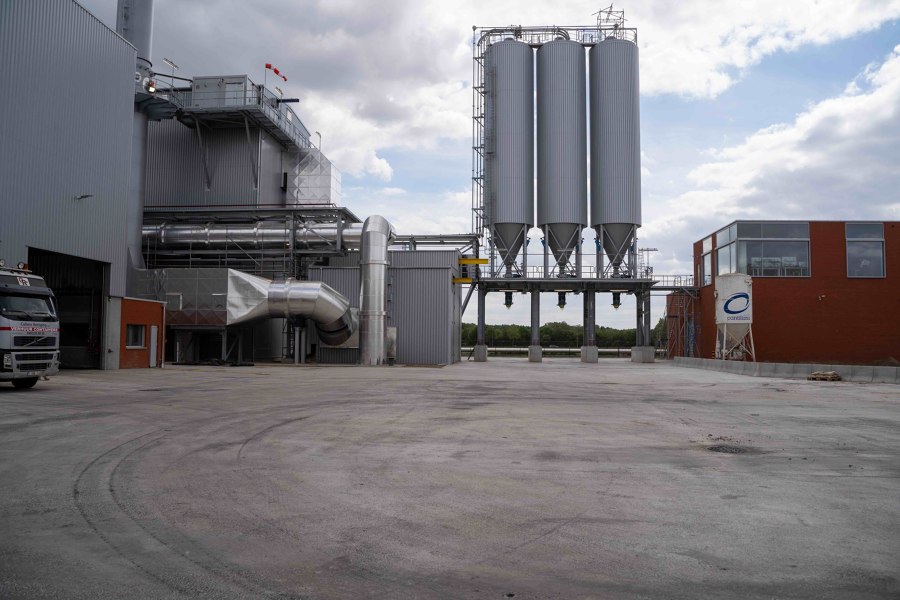Unilin: a contemporary brand story
Historia de la marca de Emma Moore
Oostrozebeke, Bélgica
31.03.22
With a long history of environmentally conscious design, Unilin Panels’ wood-based panel solutions are naturally suited to modern architecture and interior design markets.
Unilin, short for the ‘Union de Lin’, began in Southern Flanders, using flax by-product, loam, to make chipboards. It has plants across Belgium and Europe engaged in circular manufacturing

Unilin, short for the ‘Union de Lin’, began in Southern Flanders, using flax by-product, loam, to make chipboards. It has plants across Belgium and Europe engaged in circular manufacturing
×When Unilin Panels established in the 1960s, nobody had heard of a circular economy. Yet this spirit of constructive reuse was at the heart of the new brand. Born in Belgium, Unilin Panels drew from what the environment had to offer from the outset, using by-products from the flax and wood industries to produce new materials.
Today it is known for its highly-researched and continuously developed wood-based panels, used in the construction industry and interior design. The principle raw material in its highly-refined output is, as it ever was, recovered wood. Adapting to ever-more pressing environmental concerns, it also uses unusable raw materials to produce its own green energy, while employing a local workforce and waterways for transport.
Committed since day one to sustainable practices, Unilin moved from loam to recovered wood as a base raw material. Unusable woods are converted into green-energy via its own power plants

Committed since day one to sustainable practices, Unilin moved from loam to recovered wood as a base raw material. Unusable woods are converted into green-energy via its own power plants
×Now part of Unilin Group, it is under the directorship of US-based flooring specialists Mohawk Group, and benefits from pooled expertise in the global surface materials market. It furnishes an international community of architects and interior designers with decorative panels - HPL (high pressure laminate) -based or MDF-based. The range of designs and finishes is vast and all are durable, scratch resistant, colourfast and easy to maintain. These can be used to make built-in furnishings, cabinets, tables, walls and doors – coordinated edging tapes are available to complete projects. Alternatively they come as panels ready made to slot together as cladding for walls, a modular system called Clicwall.
In partnership with Aspiravi, Unilin operates two power plants that produce green electricity from wood waste that has no other potential in the panel-making process. This closes the circle

In partnership with Aspiravi, Unilin operates two power plants that produce green electricity from wood waste that has no other potential in the panel-making process. This closes the circle
×Recent developments include anti-bacterial treatments, which ready panels for use in the design of places of hygiene, such as health and dental clinics, alongside increasingly authentic-looking wood finishes. It also now feeds the very fashionable market for natural-look MDF cabinetry, with panels whose core colour is consistent with its surface. Whether the job is small or large, Unilin Panels has the answers to all material needs.
© Architonic





